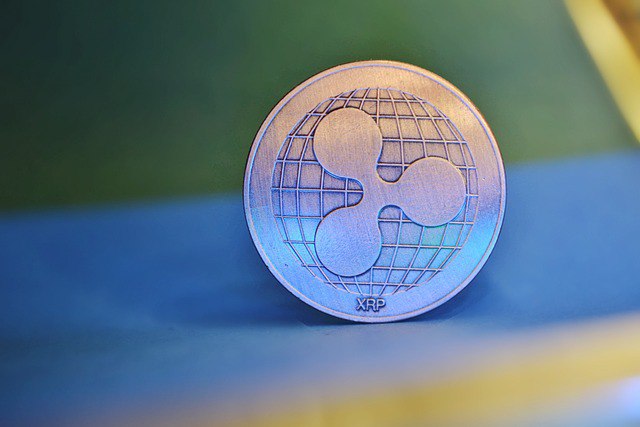
- Donald Trump’s transition team is considering the creation of an “America-first” crypto reserve, prioritizing U.S.-based assets like XRP, Solana, and USDC, while drafting pro-crypto executive orders.
- This move has sparked debate within the crypto community, with some questioning the inclusion of altcoins over Bitcoin, which remains a key point of contention.
As the countdown to Donald Trump’s second presidential term begins, his transition team is gearing up to make waves in the world of cryptocurrency. One of the most intriguing proposals under consideration is the creation of an “America-first” crypto reserve, with assets like XRP, Solana, and USDC taking center stage. But how could this reshaping of U.S. crypto policy impact the broader financial landscape?
A Strategic Shift Towards U.S.-Based Cryptos
Reports suggest that Trump’s team is exploring the idea of building a reserve made up of U.S.-based cryptocurrencies. This strategy could mark a significant departure from traditional fiat reserves and place emphasis on coins like XRP, Solana, and the stablecoin USDC. The proposal comes as Trump’s team drafts pro-crypto executive orders in preparation for the new administration.
The plan, however, has sparked significant debate within the crypto community. Advocates for U.S. innovation are optimistic, but some critics argue that the inclusion of altcoins such as Solana and XRP could undermine Bitcoin’s dominance in the market. Bitcoin, the world’s largest and most decentralized cryptocurrency, is seen by many as the natural choice for a national reserve asset.
The Case Against Non-Bitcoin Reserves
Not everyone in the crypto space is on board with this “America-first” vision. Notably, Quinn Thompson, founder of hedge fund Lekker Capital, has voiced his concerns, calling the proposal “ridiculous.” He argues that the government should not engage in “venture capital bets” on altcoins, such as Solana and XRP, which are still closely linked to their creators. Anthony Georgiades of Innovating Capital echoed this sentiment, emphasizing that only Bitcoin can truly claim to be decentralized enough to serve as a reserve asset.
These criticisms highlight a fundamental concern: Would focusing on altcoins compromise the decentralized nature that cryptocurrencies are meant to embody? The fear is that nationalizing digital assets could shift power away from the decentralized ethos of blockchain technology.
Ripple’s Optimism Amidst Skepticism
Despite the skepticism, there is hope within the crypto industry that the U.S. government will adopt a more pro-crypto stance. Brad Garlinghouse, CEO of Ripple, has expressed optimism about the growing acceptance of digital assets. Garlinghouse, who has had multiple meetings with Trump and his team, believes that the embrace of U.S.-founded cryptocurrencies like XRP could drive a “step function change” in the adoption of crypto.
Ripple’s involvement with Trump signals that the transition team might be open to a broader view of U.S.-based digital assets, beyond Bitcoin.
The Future of U.S. Crypto Reserves: Still Up for Debate
As Trump prepares to assume office again, the conversation around crypto reserves remains contentious. Some, like Republican Senator Cynthia Lummis, continue to advocate for Bitcoin to play a central role in U.S. reserves, akin to gold. Others remain cautious about the inclusion of altcoins. What is clear, however, is that Trump’s presidency may usher in significant changes for the crypto market, with the potential to redefine the role of digital currencies in the U.S. economy.
With Trump’s team working on pro-crypto executive orders, all eyes are on the coming months to see how this ambitious plan unfolds and what it could mean for the future of cryptocurrencies in America.




